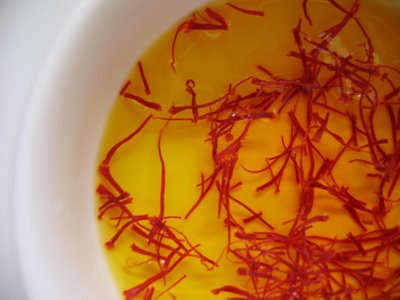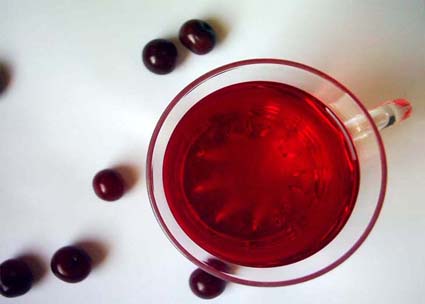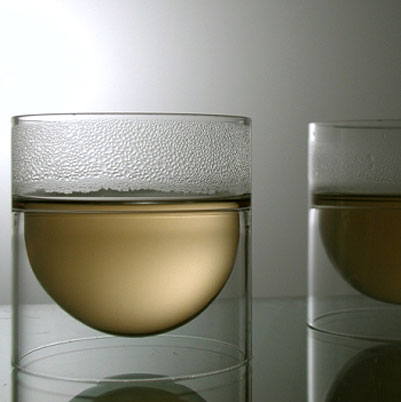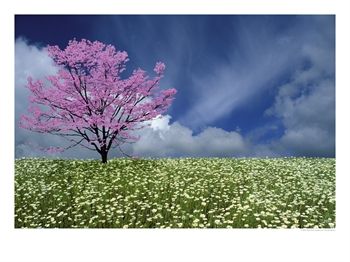Persian medicine is one of the ancient traditional medical sciences of the world which has been developed by Persian scholars from very early pre-Islamic ages until the physician and savant Ali Ebn-e-Sina (Avicenna) through the centuries.
Saffron tea:
Saffron is extraordinarily expensive at $1000 a pound or 500grams. (No, I didn't make a mistake with the zeros). Why so pricey? Because saffron is manually picked from the reddish orange stamens of the crocus flower. It is incredibly labour and time intensive, and only grows in the dry heights which have cool winds and good sun. Additionally, it takes a football field's worth of saffron threads to make just a full hand!
For making a saffron tea you need to boil only a 1/2 tea spoon saffron (powder or threads) with four small cups of boiling water and drink it quickly after 3 minutes.
Saffron smell is wonderful and it has the natural endorphin. It is an activator and anti depression and makes blood pressure high and also being used for sexual disabilities. It is a very strong anti cancer and especially good for the weak people and kids. In a normal case you may drink this tea once a weak and having always a big smile.

Spearmint tea:
Spearmint plant grows in most of climates. The tea of this aromatic plant has an incredible and soothing effect on stomack ache and is widely used in herbal treatments for digestive problems, flatus and diarrhea. The current researches of the chemists show it is a possible treatment for balancing the hormone problems of hairy women.
Put a full hand green fresh spearmint leaves in an empty pot over the heat for five minutes. The heat makes it slightly steam and gives more aroma and colour later. Then add four cups of hot water and be patient and let it boil slowly for 30 minutes until it turns to a very light green. Spearmint tea is not bitter so try not to drink it with sweets. You can drink it everyday after the main meals. No caffeine and all safe.

Black cherry tea:
Pick the sticks of one full cup of black sour cherries and boil it with four small cups of water for half an hour until it turns to a deep cardinal red. It tastes delicious and sour and you can drink it with candies. Especially if you naturally have a very low blood pressure, or as a woman you are in the special days of the month don't drink it a lot without sweets because it can cause vertigo.

Gol Gavzaban (Borage) tea:
Borage, the healthy herb loves sun and rich soil.
Let four table spoon dried blue petals of Gol Gavzaban boil with four cups of water for 20-30 minutes. The result is a light yellowish gray liquid, not as clear as the green tea. You can add some lemon juice which makes it suddenly turns red!!! and then drink it with candies. Except relaxing effects of Gol Gavzaban tea, it helps to bring down fevers, and also helps with chest colds. This tea is 100% organic and very tonic for adrenal glands. It is not a long time that this tea has become so popular in








